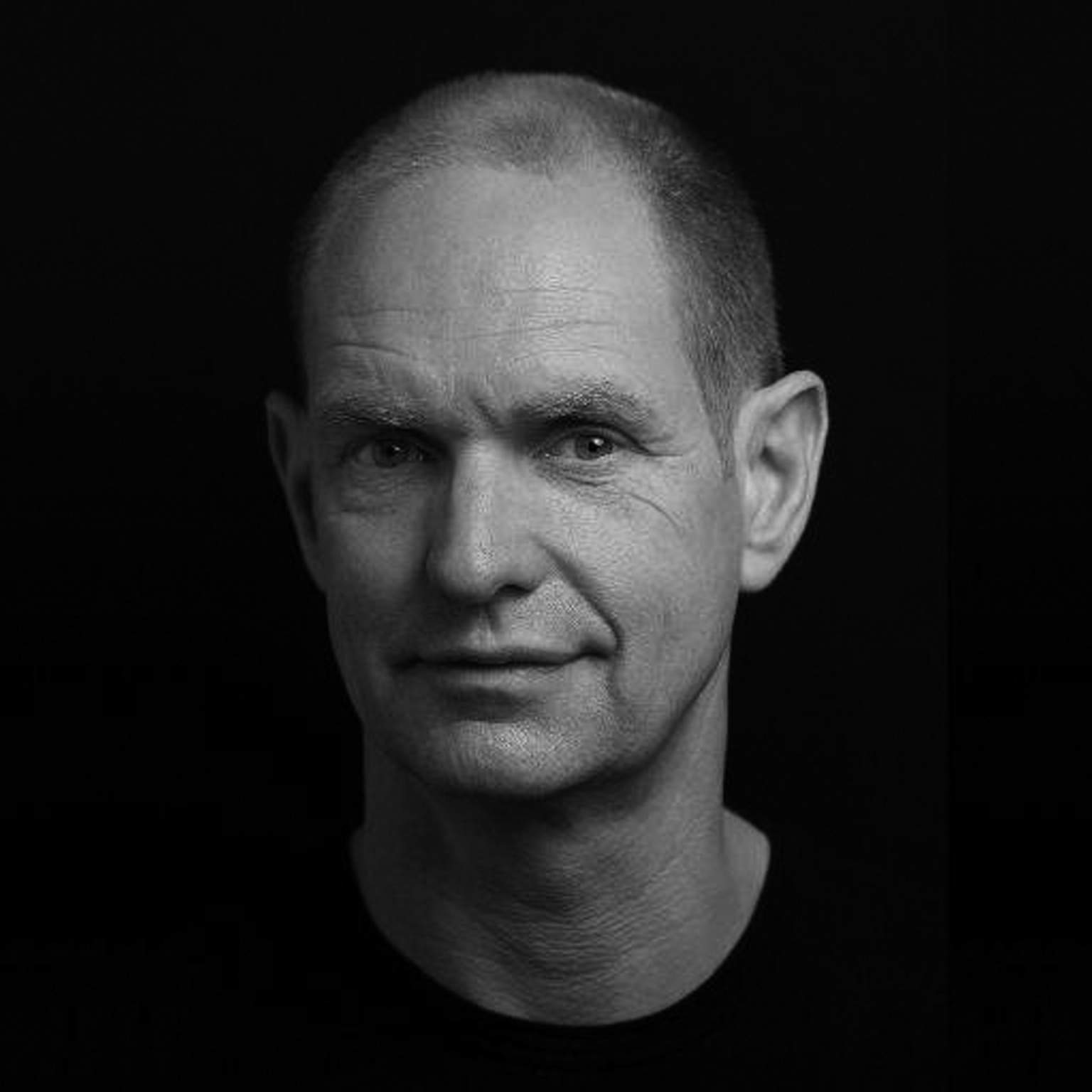Crises appear in a great variety, but they share some similarities. First, there is this urgency to act immediately the moment the S.O.S. signal goes off, starting with panic and despair. The help often gravitates towards fast and effective solutions, which is quite logical. Dealing with long term benefits comes, hopefully, afterwards. Second, in general there are the people that need the help and people or organisations that are willing to give the help. I’m sorry to say that the relationship between those two parties is often more troublesome than you would hope for. The most interesting question for designers is: can we improve the way that society and organisations cope with crises, especially humanitarian and natural disasters?
Can we contribute by designing new products, services, systems or processes which increase the impact of humanitarian aid? Or are we, designers again overestimating our capabilities?
I strongly believe that transitions in the field of design and innovation are driven by two determining factors: a shared vision and ownership1. In a crisis, most of the times the helping parties are NGO’s or governmental institutes. In bringing humanitarian aid to the next level – which in my opinion is not a crazy thought in a world where technology is rapidly developing – we face the challenge to develop new ideas that capture the imagination and ultimately result in relevant and impactful solutions.
As designers we all can dream the empathise, define, create, prototype and test cycle. In this design thinking process it is important to stay as close to reality as possible. And here a conflict emerges between the reality of dealing with a crisis and the possibilities of developing new directions. There is no place for experiments during the rescue operation after a tsunami or during war. Nevertheless, there are opportunities in experimenting in environments with similar characteristics. The Netherlands Red Cross has collaborated in the past with dance festivals to test new solutions, so there is room for escape.
There still remains the aspect of ownership. In recent years I worked with, amongst others, the Netherlands Red Cross and the Ministry of Defence doing research and projects with students and fellow researchers. It is confronting to conclude that organisations in the public/private domain in general have difficulties changing, let alone organisations that deal with humanitarian aid. While the world keeps on changing, they seem to stick, for instance, to traditional roles and processes. The inability to take ownership over and to care for innovative processes is a huge problem. It is simply not in their DNA and I dare to state that this inability is a hidden crisis. As designers we can contribute to pivoting this situation. One example is master’s student Joseph Kesisoglue who designed a new system for volunteering for the Red Cross. There is hope.
- Hillen, M., van Erp, J., Calabretta, G., Designing Transitions: Pivoting Complex Innovation in Calabretta, G., Gemser, G. and Karpen, I. (eds) Strategic Design: Amsterdam (NL): BIS Publishers 68-91




